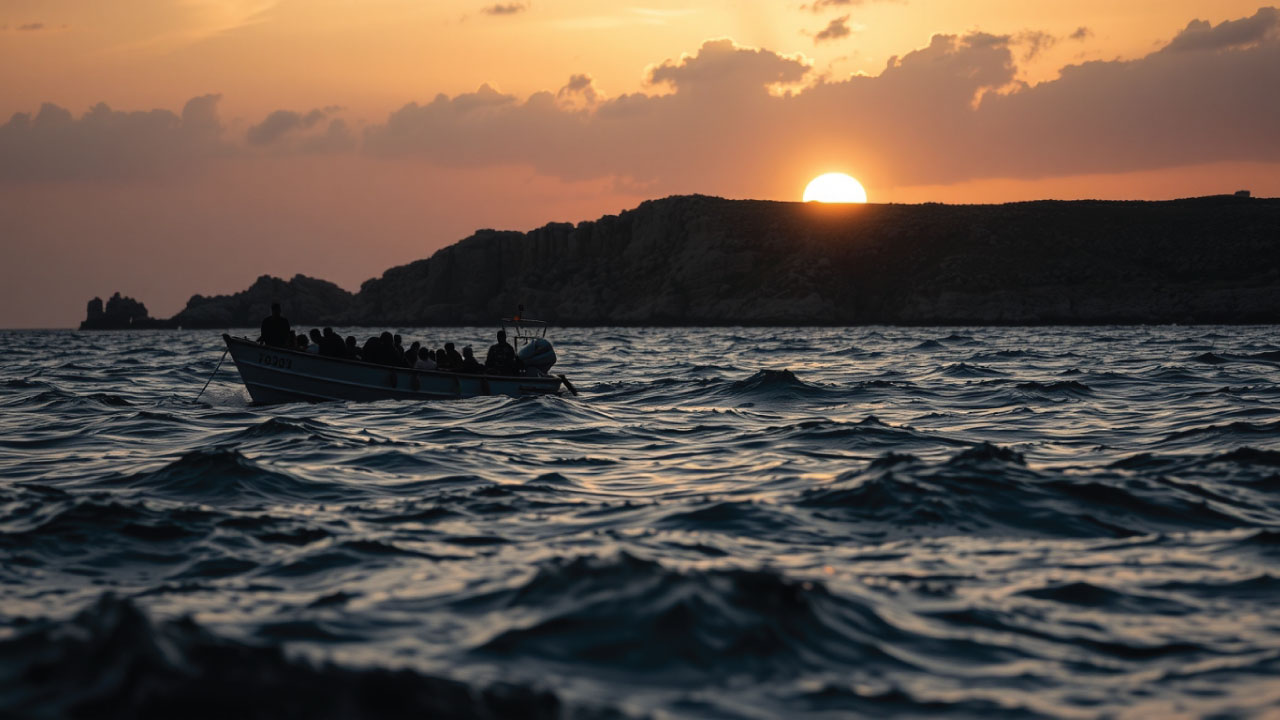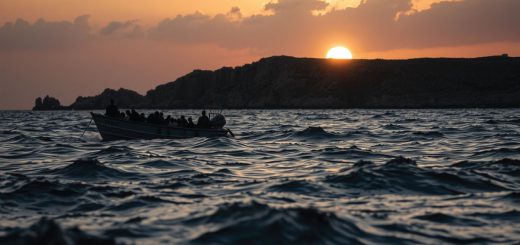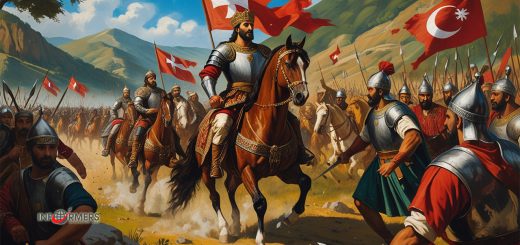Kefalonia is one of the Greek islands in the Ionian Sea with a rich history

Ancient history: Kefalonia was inhabited in ancient times. In ancient times, the island was called Samos (Greek: Σάμη). At that time it was part of an ancient Greek colony and an important center of trade and culture. He also participated in the Peloponnesian War between Athens and Sparta.
Roman Era: During the Roman Empire, Cephalonia remained an important administrative and commercial center of the region. The island was famous for its vineyards and wine production.
Byzantine Era: During the Byzantine Empire, Kefalonia continued to play a role in the commercial and cultural life of the region. Christian churches and monasteries were built on the island.

Middle Ages and Venetian Era: During the Middle Ages, Kefalonia passed through the hands of various powers, including the Byzantines, Normans, Arabs, and French. In 1479, the island was captured by Venice and the Venetians strengthened their position on the island. The Venetians ruled Kefalonia for more than two centuries and left an important cultural and architectural legacy.
Ottoman Era: At the end of the 18th century, Kefalonia was conquered by the Ottoman Empire. Ottoman rule lasted until the beginning of the 19th century.
Greek War of Independence: In the early 19th century, Kefalonia actively participated in the Greek War of Independence (1821-1829) and played an important role in the struggle for liberation from Ottoman rule.

Modern Times: Today, Kefalonia is a popular tourist island that attracts visitors with its beautiful beaches, picturesque mountains and historical monuments. The island is also known for its wine and honey production.
Sorry for the misunderstanding. Here is a more detailed history of the island of Kefalonia:
Ancient History: The island of Kefalonia has a rich ancient history dating back to ancient times. In ancient times it was called Samos (Greek: Σάμη) and was inhabited by ancient Greek colonists. The island was famous for its agricultural products, including wine, olive oil and grain.

Roman Era: During the rule of the Roman Empire, Kefalonia continued to develop as a center of agriculture and trade. The Romans also contributed to the island’s architectural heritage.

Byzantine Era: During the Byzantine Empire, the island of Kefalonia remained an important center where Christianity and culture developed. Churches and monasteries were built on the island.
Middle Ages and Venetian Era: During the Middle Ages, Kefalonia became the object of interest of various powers, including the Normans, the Arabs and the French. In 1479, the island was conquered by Venice, and the Venetians strengthened their presence by building fortresses and protecting them from naval attacks.
Ottoman Era: By the beginning of the 16th century, Kefalonia was conquered by the Ottoman Empire and remained under its control for several centuries. During this period, the island underwent changes in culture and architecture under the influence of Ottoman culture.

Greek War of Independence: At the beginning of the 19th century, Kefalonia actively participated in the Greek War of Independence (1821-1829) and was one of the centers of the Greek struggle for liberation from Ottoman rule.
Modern Times: In modern times, Kefalonia is a popular tourist destination with beautiful beaches, cultural attractions and breathtaking nature. Tourism and agriculture, including winemaking and honey production, remain important sectors of the island’s economy.


























